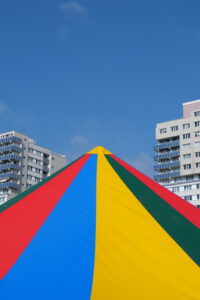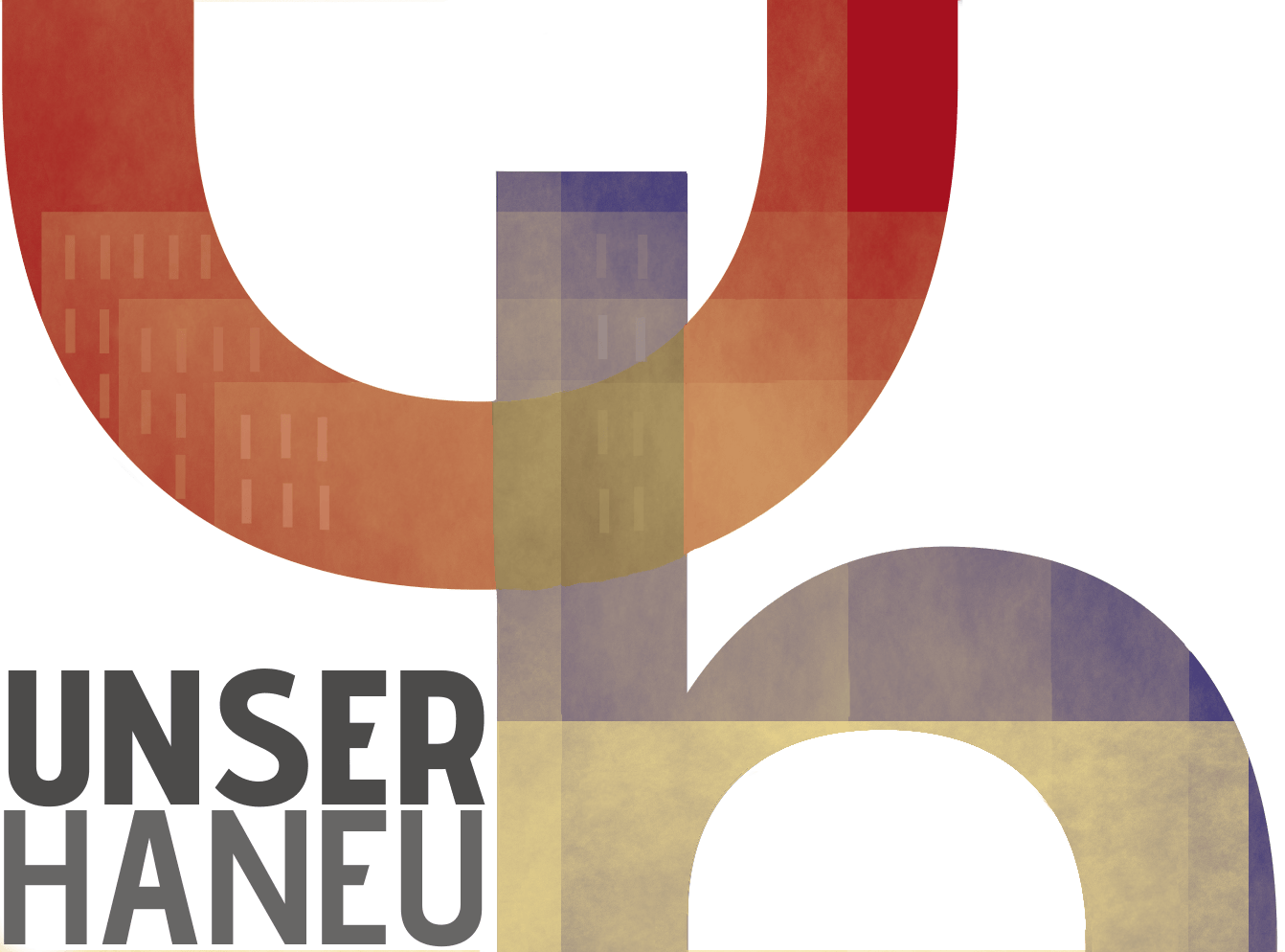Tag: autotranslated
-
Hello Neustadt
It’s great to be here! As you can see, there’s not much to discover on this website yet, but that’s about to change. In the coming weeks, we’ll be filling it with content and life: with stories, news and offers – directly from the neighbourhood. And we need you to help make that happen! We…
-

Smart Murals
The graphic artist Heinz Möhrdel is best known in Halle-Neustadt for his design of the iconographic city coat of arms. In addition, he devoted himself to art in construction in the GDR and designed the two-part mural ‘Flight of the Swans’ in the Südpark in Haneu. But the ravages of time gnaw at the work…
-
Ideas competition “Digital Bridge Builder”
Until May 15th, the residents of Halle-Neustadt were asked to bring in their very own ideas for a smart Neustadt. As part of the “Digital Bridge Builder” ideas competition, which the Science2Public association is carrying out on behalf of the city, there is up to 2,000 euros in prize money. On July 1st, the jury…
-

Something new in the West
If you see the roof of a colorful circus tent in the Neustadt at the end of the month, then the Neustadt fan club may have invited to the Langen Tafel – with coffee, tea and homemade cakes. The Neustadt Fanclub is a loose connection from various initiatives in the district and wants to bring…
-
Fokus group
To make this website really helpful for the people in the district, we are setting up a focus group. This group should reflect the diversity of Halle-Neustadt – different age groups, languages and backgrounds. Participants will test this site, give feedback, contribute their own ideas and, if interested, can also work on the website in…
-
Accessibility
In this statement you will learn how to get help on barriers on this website. In addition, the advertisement provides information on the status of accessibility execution. Do you have problems or suggestions? Despite all the efforts, there are still barriers that can sometimes occur. If you are facing difficulties or would you like to…
-
HeimART
The HeimART workshops are a sub-project of Unser HaNeu as part of Smart City Halle (Saale). Do you have creative ideas and want to help design an exhibition? In this art course, we work together on various forms of artistic expression: Painting, film, photography, dance or something completely different. The focus is on the theme:…
-
Skate spotting Neustadt
Rediscover Neustadt with skate spotting! Find cool street spots, parks & graffiti on a digital map – created by teenagers for everyone on wheels, wheels or on foot. Explore your neighborhood, set new highlights and join in! skatespotting@unser-haneu.de
-
Smart City in Halle-Neustadt
What does it mean when a city becomes a ‘smart city’? And what does that have to do with our everyday life in Halle-Neustadt? A smart city is a city that is evolving to improve people’s lives – they use new, digital opportunities. It’s not just about technology, but above all about the people who…

